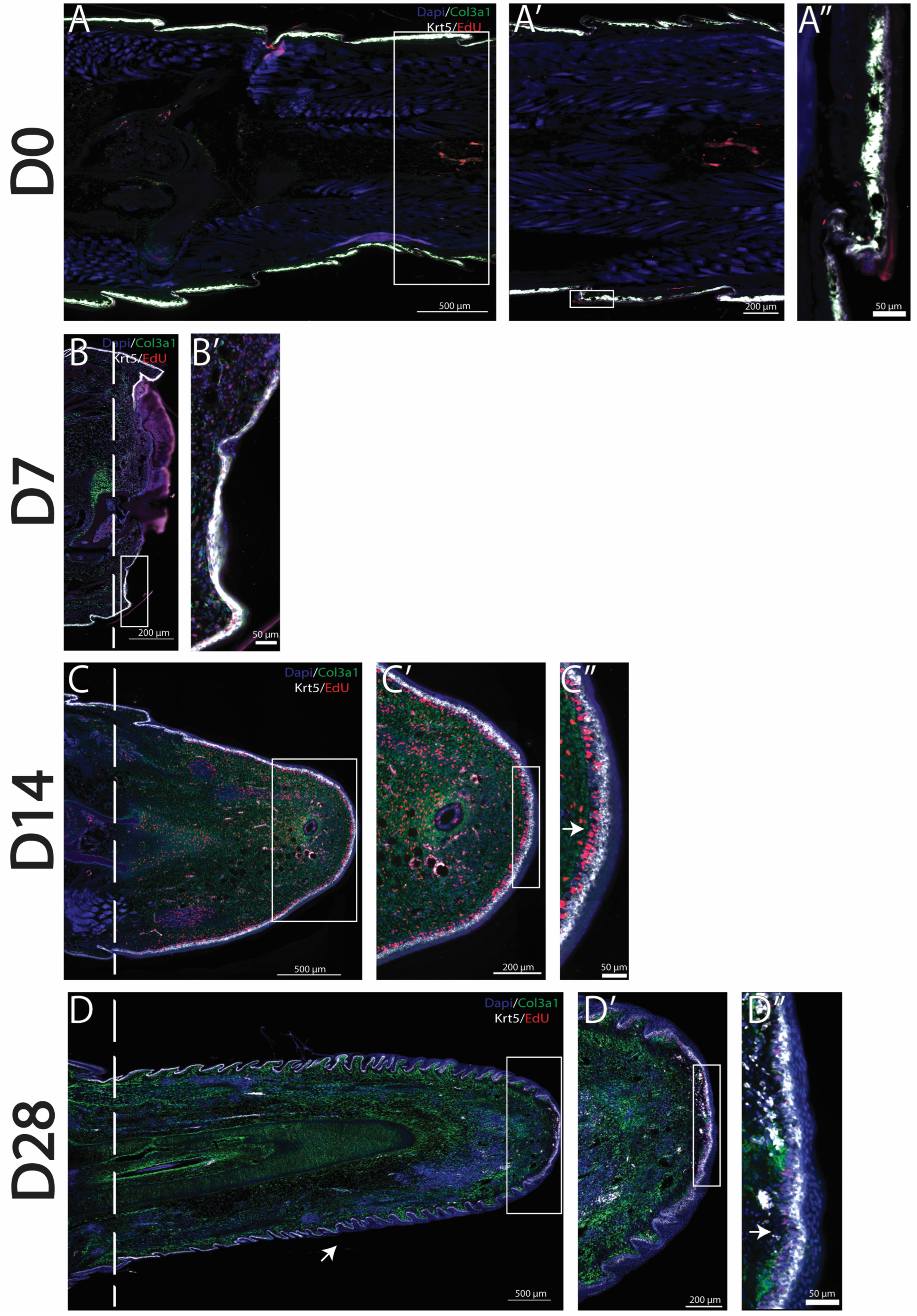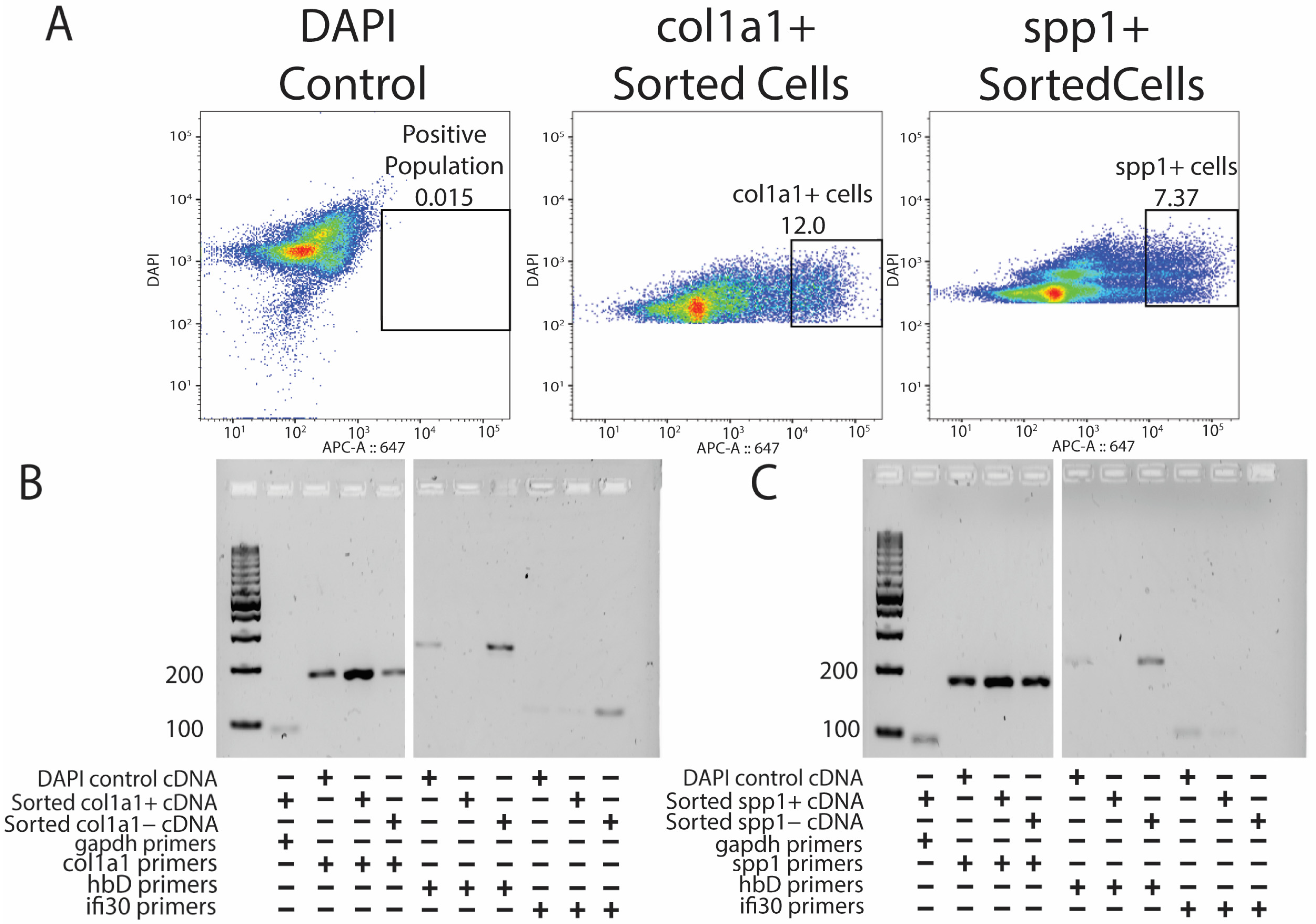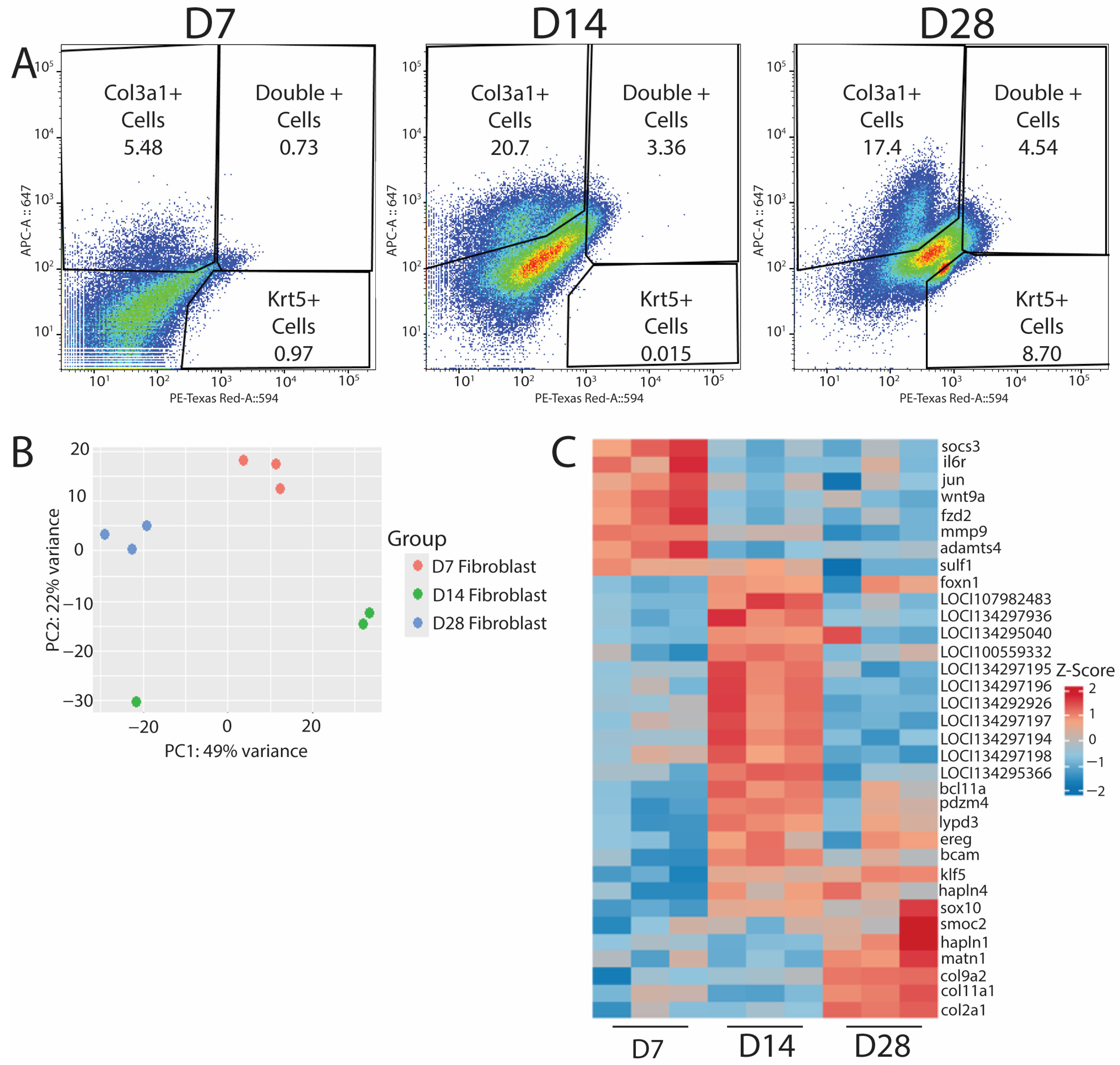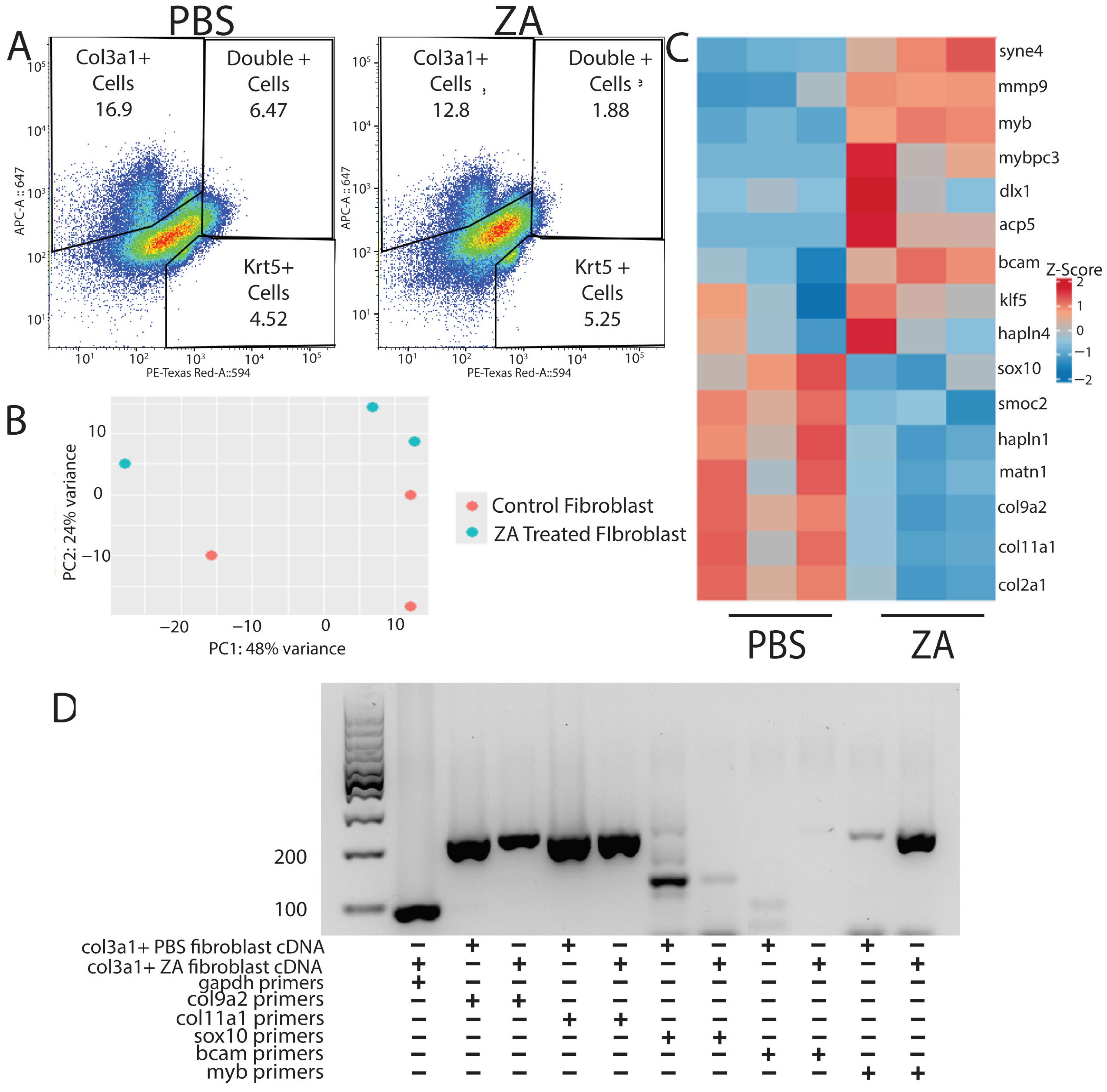1. Introduction
Epimorphic appendage regrowth is characterized by the formation of blastemas, regenerative structures made up of proliferating cells that drive the regrowth of replacement tissues [
1]. Epimorphic regeneration is widespread among anamniotes. For example, all known urodele species are capable of fully regenerating both limbs and tails [
2]. In contrast, blastema-based regeneration is rarer and more limited among amniotes [
3,
4,
5]. Furthermore, amniote blastemas tend to exhibit limited differentiation capacities and fidelities compared to those of anamniotes [
6]. For example, mouse digit tip blastema differentiation is limited to regenerated bone [
3]. Interestingly, lizards are distinguished as the only amniotes, and closest relatives of mammals, capable of epimorphic regeneration involving tissue types originating from all three germ layers [
7]. Therefore, lizards represent informative model organisms toward bridging gaps in blastema formation and differentiation potentials among amniotes, including humans.
Structurally, tail blastemas of lizards like the green anole (
Anolis carolinensis) consist of collagen type III (
col3a1+) fibroblastic connective tissue cell (FCTC) populations enclosed in specialized keratin-5 (
krt5+) wound epidermis (WE) [
7]. These structures develop in a coordinated, interdependent manner. For example, disruption of either FCTC proliferation or WE formation prevents blastema development and leads to fibrosis [
8]. Major milestones during
A. carolinensis blastema development can be grouped into three phases based on specific characteristics exhibited by either FCTC or WE compartments. In original tails, the epidermis is associated with large, organized scales and homeostatic FCTCs line periosteum, perichondrium, dermis, and other connective tissues. Upon injury or amputation, damaged tail tissues trigger immune responses that peak around day 7 (D7). The first major regenerative phase is the inflammation phase, characterized by tail stump histolysis in which cathepsin-K (
ctsk+) osteoclasts and other phagocytic cells enter injury sites and eliminate dead tissue and debris [
7]. Wound closure also occurs in this phase, generating
krt5+ WE that forms under scabs [
7]. The blastema phase occurs at day 14 (D14) and is designated by the formation of masses of stem-like mesenchymal cells.
A. carolinensis blastema cells are derived from
col3a1+ fibroblasts, which eventually differentiate into most of the mesenchyme-derived tissue populations within regenerated tails [
7]. The last phase involves terminal regeneration and occurs at day 28 (D28) with reconstitution of most of the tail tissues.
A. carolinensis tail regrowth is characterized as imperfect due to differences in some regenerated tissue types compared to originals. For example, skin neogenesis is disorganized in regenerated tails with smaller, irregular scales that lack chromatophores. Furthermore, segmented ossified vertebrae of original tails are replaced with unsegmented cartilage tubes [
9,
10].
Blastema FCTCs are derived from resting interstitial fibroblasts liberated through histolysis of stump tissues 0–7 days post amputation (DPA). Histolysis is supported by phagocyte populations, particularly
ctsk+ osteoclasts, which invade amputated tail stumps. Indeed, phagocytic cell populations have previously been shown to be vital to the regenerative process in lizards and other species capable of epimorphic regeneration [
7,
8,
11,
12,
13]. Untargeted depletion of phagocytic cells via clodronate liposomes has been shown to abrogate histolysis and prevent blastema and normal WE formation [
8]. Following phagocyte depletion, the same FCTC populations that would contribute to blastemas formed scars instead [
8]. Taken together, these studies suggested that osteoclasts and other phagocytes contribute pro-regenerative and anti-fibrotic signals independent of histolytic activities.
Studies involving untargeted phagocyte depletion via clodronate liposomes are unsuitable for testing the specific roles of osteoclasts in epimorphic regeneration. Zoledronic acid (ZA) is an anti-osteoporosis medication that belongs to a class of drugs known as bisphosphonates [
14]. In mammals, bisphosphonates inhibit bone loss and remodeling by encouraging osteoclast apoptosis [
14]. ZA has been shown to decrease osteoclast activity, prevent bone resorption, and significantly reduce blastema size in the axolotl salamander [
15]. Currently, the roles of osteoclasts in stimulating blastema and WE formation in lizards have not been studied.
To investigate the role of lizard osteoclasts in establishing a pro-regenerative niche for
col3a1+ blastema fibroblasts and
krt5+ WE cells, we employed probe sequencing technology to isolate and profile cell populations over time in the presence and absence of osteoclast activity [
16]. Hybridization chain reaction fluorescence in situ hybridization (FISH) was used to label and isolate
col3a1+ fibroblasts and
krt5+ epidermal cells to perform bulk RNA-sequencing. With this technology, we show that osteoclasts promote a pro-regenerative, anti-fibrotic program in blastema fibroblasts.
2. Materials and Methods
2.1. Animal Ethics Statement
Husbandry and experimental use of green anole lizards (Anolis carolinensis) were conducted per guidelines of the Institutional Animal Care and Use Committee at the University of Southern California (protocol 20992).
2.2. Tail Amputations
Lizard tail tissue collection involved two amputations per animal. First amputations removed original tails and created wounds. Lizard tails were anesthetized with 10 s ethyl chloride sprays and amputated with sterile scalpel blades, leaving 1/3rd of original tails remaining. To collect tissues for histological analysis and cell isolations, lizards were euthanized, and second amputations were performed 5 mm distal to the original amputation planes, typically 14 or 28 days post amputation (DPA). Tail samples were collected in Hank’s balanced salt solution (HBSS) until further processing was required. Lizard euthanasia was performed in a manner consistent with the recommendations of the American Veterinary Medical Association (AVMA) Guidelines according to the protocol: (1) inject 25–50 µL of pH-neutralized 1% MS222 into the coelom. (2) After loss of righting reflex, inject 25–50 µL 50% (v/v) MS222 into the coelom. (3) Decapitation. (4) Double pithing of brains/spinal cords.
2.3. Lizard Vendor and Husbandry
A. carolinensis lizards were commercially obtained from USC’s institutionally approved vendor Carolina Biological Supply Company (Burlington, NC, USA). Lizards were housed in metal mesh cages, with 12 h light/12 h dark schedules using combined 100 W UVA/UVB bulbs. The vivarium was maintained at 24–26 °C during light hours and 18.5–21 °C during dark hours. Cages were misted with water five times per week, and lizards were fed a diet of ½ inch crickets supplemented with calcium. All lizards used in the study were 9–12 months old. Male and female anoles were used in equal numbers.
2.4. Tail Dissociation
After amputation, tails samples were placed on ice in HBSS solution. Scales and epidermis were peeled from tail samples, scored, and placed into collection tubes containing HBSS. Remaining tissue was minced and placed into the same collection tubes. Minced and scored tissue was transferred to dissociation solution containing 12 mL of HBSS, 18 mL of 0.25% trypsin (15050-057, Gibco, Waltham, MA, USA), and 30 mg of collagenase type 2 (LS004176, Worthington-Biochemical, Freehold, NJ, USA) and placed onto a heated shaker for 75 min at 37 °C. Reactions were quenched with 5 mL of FBS and filtered into 50 mL conical tubes using 40-micron strainers, and cells were pelleted and split into aliquots for FISH.
2.5. Histology
Lizard tail samples were fixed overnight in 10% neutral buffered formalin (HT501128, Sigma, St. Louis, MO, USA) and placed into decalcification solution (14–20% ethylenediaminetetraacetic acid (EDTA), pH 7.2) for 1 week. Samples were then equilibrated with a sucrose gradient prior to snap freezing in Optimal Cutting Temperature Compound (OCT) with isopentane and dry ice. Frozen samples were sectioned at a thickness of 16 µm using a Leica CM1860 cryostat.
2.6. Fluorescence In Situ Hybridization (FISH) on Tissue Sections
FISH was performed on lizard tail histological samples using the hybridization chain reaction (HCR) protocol for fixed frozen samples, MI-Protocol-RNAFISH-Fresh Fixed/Frozen Tissue Revision No.4. Tissues were fixed by immersing slides in ice-cold 4% paraformaldehyde (PFA) for 15 min at 4 °C, followed by an ethanol gradient at room temperature. A total of 200 µL of 10 µg/mL proteinase K solution was added to each sample, and slides were incubated in a humidified chamber for 10 min at 37 °C. After washing with PBS, 200 µL of probe hybridization buffer was added to each sample. Slides were pre-hybridized with buffer for 10 min inside a humidified chamber at 37 °C.
To prepare the probe solution, 20 µL of probe was added to 80 µL of probe hybridization buffer at 37 °C. Probes were commercially generated and supplied by Molecular Instruments, targeting col3a1 and krt5 mRNA. Each probe library contained forty unique 20 bp oligos hairpins targeting the mRNA of interest. Pre-hybridization solution was removed, and 100 µL of probe solution was added on top of each sample. Coverslips were placed on samples, and slides were incubated overnight (>12 h) in a 37 °C humidified chamber.
Coverslips were gently removed, and excess probes were washed by incubating slides at 37 °C in the following solutions containing saline-sodium citrate (J60839.K7, Thermo, Waltham, MA, USA) with 0.01% Tween-20 (SSC-T): (a) 75% probe wash buffer/25% 5× SSCT for 15 min, (b) 50% probe wash buffer/50% 5× SSCT for 15 min, (c) 25% probe wash buffer/75% 5× SSCT for 15 min, and (d) 100% 5× SSCT for 15 min. Slides were then immersed in 5× SSCT for 5 min at room temperature.
A total of 200 µL of amplification buffer was added on top of each sample. Slides were pre-amplified in a humidified chamber for 30 min at room temperature. Separately, 6 pmol of hairpin h1 and 6 pmol of hairpin h2 were prepared by snap cooling 2 µL of 3 µM stock per sample (heating at 95 °C for 90 s and cooling to room temperature in a dark drawer for 30 min). Hairpins were commercially available fluorophore-ligated oligos produced by Molecular Instruments (Los Angeles, CA, USA), with Alexafluor647 and Alexafluor594. Hairpin solution was prepared by adding snap-cooled h1 and h2 hairpins to 100 µL of amplification buffer at room temperature.
Pre-amplification solution was removed, and 100 µL of hairpin solution was added on top of each sample. Coverslips were placed on samples, and slides were incubated overnight (>12 h) in a dark humidified chamber at room temperature. Coverslips were gently removed, and excess hairpins were washed by incubating slides in 5× SSCT at room temperature for (a) 2 × 30 min and (b) 1 × 5 min. Samples were counterstained with DAPI (320858, Advanced Cell Diagnostics, Newark, CA, USA) for 90 s, and coverslips were mounted with Prolong Gold Antifade Media (P36930, Invitrogen, Waltham, MA, USA).
2.7. Fluorescence In Situ Hybridization (FISH) on Cells in Suspension
Cells were fixed for 1 h at room temperature, washed 4 times with PBST, and re-suspended in cold 70% ethanol. Cells were stored at 4 °C overnight before use. The desired number (0.5–1 × 106) of fixed cells was transferred into 1.5 mL tubes, washed twice with 500 µL of PBST, re-suspended in 400 µL of probe hybridization buffer, and pre-hybridized for 30 min at 37 °C. Meanwhile, probe solutions were prepared by adding 20 µL of each probe set to 80 µL of probe hybridization buffer pre-heated to 37 °C. Probe solution was added directly to cell samples and incubated overnight (>12 h) at 37 °C. After incubation, the sample was centrifuged for 5 min to remove probe solution. After washing four times in probe wash buffer, cells were re-suspended in 500 µL of 5× saline-sodium citrate (J60839.K7, Thermo) with 0.01% Tween-20 (SSC-T) SSCT and incubated for 5 min at room temperature. Next, cells were re-suspended in 150 µL of amplification buffer and pre-amplified for 30 min at room temperature.
In separate preparations, 15 pmol of hairpin h1 and 15 pmol of hairpin h2 were snap-cooled, and hairpin solutions were prepared by adding h1 and h2 hairpins to 100 µL of amplification buffer at room temperature. Hairpin solution was added directly to each sample to achieve final hairpin concentrations of 60 nM. The sample was incubated overnight (>12 h) in the dark at room temperature.
Finally, cells were washed five times with 500 µL of 5× SSCT, counterstained with DAPI (320858, Advanced Cell Diagnostics), and filtered before flow cytometry analysis.
2.8. Flow Cytometry
Flow cytometry was performed using the BD FACSAria II cell sorter equipped with Diva 8.0.2 on Windows 7. Cells were sorted based on fluorescence intensity using 355 nm (UV), 488 nm (blue), and 633 nm (red) lasers. Cells were collected in 200 µL of 0.04% BSA for downstream processing.
2.9. RNA Isolation
RNA extraction was performed using the RNeasy DSP FFPE Kit (73604, QIAGEN, Hilden, Germany), according to the manufacturer’s instructions. Briefly, cells were incubated in lysis buffer containing 6.25% proteinase K for 15 min at 56 °C with shaking at 600 rpm. Cells were then cooled to room temperature for 3 min and reheated to 80 °C with shaking at 600 rpm for an additional 15 min. Samples were placed on ice for 3 min and centrifuged at 20,000× g for 15 min. Supernatant was collected and incubated with DNase and DNase booster buffer for 15 min. Ethanol was added to supernatants and passed though Qiagen min elute spin columns. Clean up steps were performed, and RNA was eluted in RNase free water.
2.10. RNA Quality Control
Isolated RNA samples were quality controlled by using a Nanodrop to assess concentration and High Sensitivity RNA ScreenTape® on an Agilent 2100 Bioanalyzer to assess RNA integrity. Since samples were fixed and subjected to high temperatures during RNA isolation, RIN values were highly irregular and could drop below normally acceptable values. Instead of using typical RIN values to assess the quality of RNA, the percentage value of total RNA between 200 and 10,000 nucleotides (DV200 score) was used as a metric of successful library preparation when using formalin-fixed samples. Since a DV200 score of <20% has been shown to have a low likelihood of generating successful RNA libraries, only samples that had a DV200 of over 20% were used for this study.
2.11. Polymerase Chain Reaction
RNA was converted to cDNA using the SuperScript VILO cDNA synthesis kit (Invitrogen REF 11754050) and normalized to a concentration of 3 nM. Each PCR reaction contained 5 µL of 2×Taq PCR Premix (Bioland Scientific Paramount, CA Cat:TP01-00), 3 µL of nuclease free water, 0.5 µL of each forward and reverse primer, and 1 µL of cDNA. Reactions were run on a BioRad T100 Thermal Cycler using a 30 s 95 °C, 30 s 55 °C, 1 min 72 °C scheme for 32 cycles. Reactions were then run on 2% agarose gel containing 2 µL of gel green nucleic acid stain for 1 h at 150 V. Gels were then imaged using a Chemidoc MP Imaging system using a 590/110, UV transilluminator. Primer sequences are located in
Supplementary Table S1.
2.12. Library Preparation
Library prep was performed at the University of California Los Angeles Technology Center for Genomics and Bioinformatics (TCGB). The RNA sample concentration and integrity was assessed via Nanodrop and Tapes Station. High-quality samples were synthesized into cDNA libraries using the Illumina® Stranded Total RNA Prep, Ligation with Ribo-Zero Plus (C 20040525, Illumina, San Diego, CA, USA) according to the kit protocol. Supplemental oligo probes to ensure depletion of A. carolinensis rRNA were designed using SilvaDB to find specific lizard rRNA sequences. Oligo pools were generated by Integrated DNA Technologies (IDT) and used as directed in the library preparation protocol.
2.13. Sequencing
Bulk- RNA sequencing was performed at the UCLA TCGB core facility using the NovaSeq X Plus platform, with paired end 2 × 50 at a depth of 40–80 million reads per sample. Raw and normalized count files were uploaded to the NCBI Gene Expression Omnibus under GSE292905.
2.14. RNA Differential Gene Expression Analysis
Sequenced reads were aligned to the most recent annotated version of the A. carolinensis genome (rAnoCar3.1.pri, NCBI) using STAR version 2.7.6a. Differential gene expression results were generated using DESeq2 version 1.45.1 with default settings. The Top 30 differentially expressed and annotated genes were selected based on log2fold change > 2 and p-adj value < 0.05. Genes shown in heatmaps selected for genes most likely associated with mechanisms occurring during regenerative timepoints or ZA treatment.
2.15. Zoledronic Acid (ZA) Administration
Zoledronic acid monohydrate (SMLL02233, Sigma) was dissolved in PBS to a concentration of 2 mg/mL. Each lizard was treated with ZA (250 µL of 4 µL/mL solution) via intraperitoneal injection three times per week until collected for analysis. Samples were immediately processed for histology.
2.16. EdU Labeling
Lizards were treated with 5-Ethynyl-2′-deoxyuridine (EdU) (100 µg drug/g animal) via intraperitoneal injection 4 h before tail sample collection. Collected tails were immediately processed for histology, and Click-iT EdU Imaging kits (C01337, Invitrogen) were used to detect EdU+ cells according to the manufacturer’s instructions. Briefly, 1 mL of 3.7% formaldehyde in PBS was added to each slide and incubated for 15 min at room temperature. Formaldehyde was then removed, and slides were washed twice with 1 mL of 3% BSA in PBS. Wash solution was discarded, and 1 mL of 0.5% Triton® X-100 in PBS was added to each slide. Samples were incubated for 20 min at room temperature and washed twice with 3% BSA in PBS. To detect EdU, a Click-iT reaction cocktail using AlexaFluor488 azide (Thermo, Waltham, MA, USA) was prepared. Permeabilization buffer was removed from sections, and samples were washed twice with 1 mL of 3% BSA in PBS. Wash solution was discarded, and 0.5 mL of the Click-iT reaction cocktail was added to each slide. Samples were then incubated for 30 min at room temperature, protected from light. Afterward, the reaction cocktail was removed, and each sample was washed once with 1 mL of 3% BSA in PBS.
4. Discussion
As amniotes, lizards are the closest relative to mammals capable of appendage regeneration and represent informative model organisms for studying the divergent healing responses between lizards and mammals. Little information is available concerning the molecular mechanisms driving epimorphic regeneration in lizards compared to urodele amphibians. Similarly, roles that specific phagocytic cell types contribute to blastema formation and subsequent regeneration remain uninvestigated. The specific osteoclast inhibitor ZA afforded opportunities for targeted investigations into the roles of osteoclast activity in regulating lizard tail regeneration. We showed that inhibition of osteoclast activity led to impaired distal vertebral ablation and shedding and subsequent dysregulation of lizard tail regrowth. Furthermore, we validated probe sequencing as an effective technique for examining transcriptomes of specific cell populations while establishing baseline gene expression profiles for blastema fibroblast populations during regeneration.
Though previous reports have identified
col3a1+ fibroblasts populations as the primary contributor of blastema formation, the proliferative potentials of these cells during critical stages of the regenerative process have remained unstudied [
7]. Here, we are the first to report on
col3a1+ cells with EdU
+ signal, showing that these blastema fibroblasts indeed proliferate to form most new tissues in regenerating lizard tails [
Figure 1]. Histological analyses also confirmed that lizard blastema fibroblasts exhibited similar lineage restrictions to those reported during salamander limb regeneration and were excluded from generating new muscle or nervous tissue [
7,
26].
We also investigated the proliferative potential of
krt5+ epidermal cells during WE formation. Proliferating epidermal cells localized to the deepest WE layers adjacent to col3a1
+ dermal fibroblasts [
Figure 1]. The topic of crosstalk between these two closely associated and proliferative populations has been previously suggested in the context of skin neogenesis and apical epidermal cap formation [
27,
28]. From our data, fibroblasts may play multiple roles during lizard tail regeneration. For example, WE-associated fibroblasts support skin neogenesis, while proliferating interstitial fibroblasts drive WE expansion during regenerating tail elongation. Future work will further explore crosstalk between fibroblasts and epidermal cells during lizard tail regrowth.
ZA treatment was used to investigate the role of osteoclast activity during lizard tail regeneration, and we describe several negative effects of osteoclast inhibition on regeneration. Treatment with ZA prevented blastema formation, as well as severely stunted lizard tail regrowth. Interestingly, osteoblast inhibition caused dysregulation in both fibroblast and epidermal compartments. ZA treatment caused reductions in blastema fibroblast and WE cell proliferation, leading to smaller blastemas and thinner WE. Furthermore, ZA treatment affected proliferation within specific regions of regenerating lizard tails, suggesting spatial dependencies of osteoclast signaling. For example, ZA treatment caused reductions in proliferative
krt5+ epidermal cells within the deepest WE layers in contact with blastema fibroblasts [
Figure 2]. In urodele and Xenopus tail blastema models, nervous tissue from spinal cords connects with WE to generate signaling centers that stimulate migration of regeneration-competent cells to blastemas [
29,
30]. Something similar might be happening in regenerating lizard tails, in which WE maturation and thickening are inhibited due to loss of osteoclast activity, resulting in the disappearance of signaling centers, diminished proliferative capacities, and failures to regenerate.
Comparing gene expression profiles of col3a1+ blastema fibroblasts isolated from amputated tails of ZA-treated versus control lizards provided additional insights into the roles of osteoclast activity in supporting blastema formation and regeneration. Specifically, we showed that osteoclast signaling promoted a pro-regenerative phenotype among tail fibroblasts, marked by the expression of anabolic ECM genes such as col9a2, col11a2, and col2a1. Osteoclast inhibition caused these same fibroblast populations to shift toward a fibrotic myofibroblast phenotype marked by catabolic genes such as mmp9. Taken together, we hypothesize that lizard osteoclasts also work to create an environment that favors fibroblast proliferation and regenerative matrix deposition over myofibroblast differentiation and scar deposition.
Probe sequencing technology has previously been used in other non-traditional organisms to circumvent the need for traditional antibody or genetic labeling techniques [
16]. Here, we validate the technique for use in
A. carolinensis lizards to isolate and compare fibroblast populations over the time course of tail regrowth and in the presence and absence of osteoclast activity. Probe-based isolation of fibroblast populations was achieved using a commercially available HCR platform. Lizard fibroblast enrichment via HCR probes was validated via PCR, and probe sequencing of HCR-sorted fibroblasts confirmed previously reported expressional trajectories during tail regrowth [
7]. This study also utilized probe sequencing to profile the effects of osteoclast inhibition on fibroblast fate determination between blastema fibroblasts versus myofibroblasts. Probe sequencing will be utilized in future investigations into specific molecular interactions among osteoclasts, blastema fibroblasts, and WE cells.












